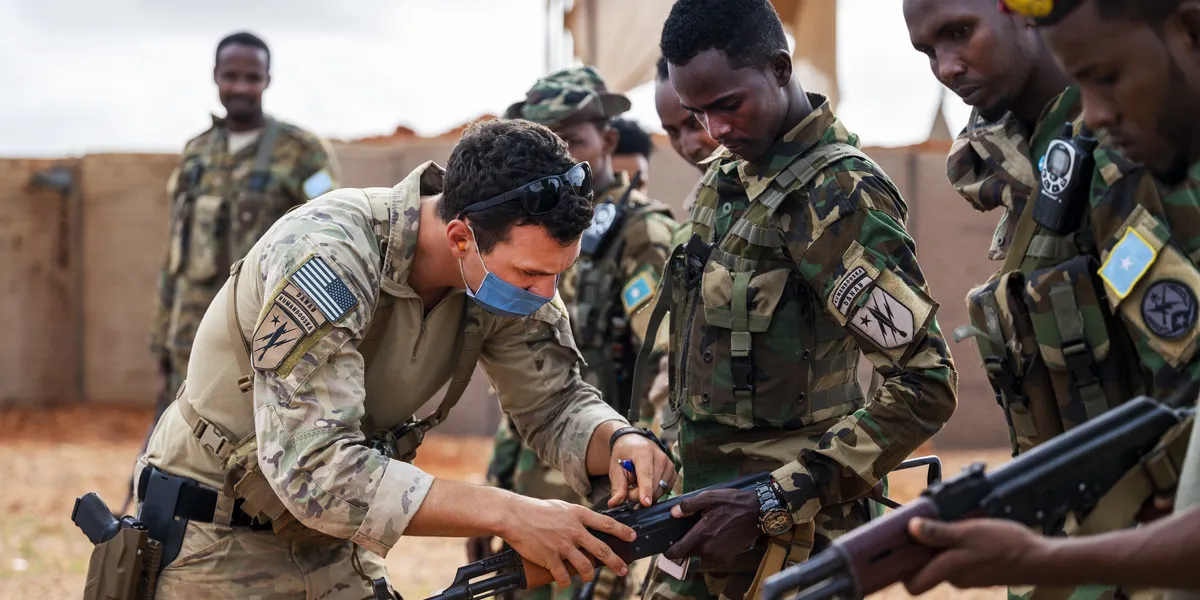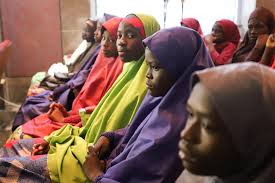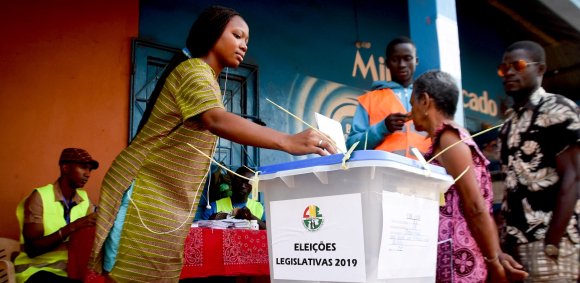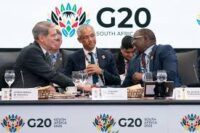MOGADISHU, Somalia – Despite campaigning on a strong anti-interventionist message promising to end America’s “forever wars,” President Donald Trump has significantly ramped up U.S. military operations in Somalia during his second term, reigniting debate over America’s long-standing and controversial role in the Horn of Africa.
Just ten days after taking office in January 2025, Trump authorized a series of airstrikes targeting top leadership of the Islamic State in Somalia (IS-Somalia). Announcing the operation on X (formerly Twitter), he claimed, “These killers, who we found hiding in caves, threatened the United States.” The move marked his first overseas military action of the term, but far from the last.
According to data from the U.S. Africa Command (AFRICOM) and tracked by the New America think tank, American drone strikes in Somalia have surged to at least 43 so far in 2025, more than double the figures from the previous year. Of these, more than half targeted ISIL affiliates in Puntland, while the rest struck al-Qaeda-linked al-Shabab strongholds. U.S. officials suggest the operations are intended to dismantle an expanding ISIL network using Somalia as a hub for regional terrorism financing and coordination.
This escalation has raised questions about Trump’s true foreign policy agenda, particularly in Africa, where the U.S. military footprint has long sparked resentment, with critics accusing Washington of prioritizing drone warfare over sustainable peace-building. Trump’s previous term saw a record 219 airstrikes in Somalia, eclipsing the combined total of the Bush and Obama years. Now, only five months into his second term, analysts say Trump is on track to surpass even that figure, far exceeding the 51 strikes carried out under President Biden’s entire four-year term.
Somali political analyst and former envoy to the U.S., Abukar Arman, says the rationale for the sustained bombing campaign is threefold: to justify lethal drone activity to the American public, to secure U.S. geopolitical influence in the Horn of Africa, and to open pathways for economic exploitation by American firms. “Ever since the disaster of Black Hawk Down in 1993, Somalia was largely off-limits. But after 9/11, it became central to America’s endless war narrative,” Arman said, referencing the infamous intervention that left 18 U.S. soldiers and thousands of Somalis dead.
The use of drones has been particularly controversial. With minimal oversight and little domestic political backlash, drones allow the U.S. to maintain military pressure at low financial and human cost, at least for Americans. For Somalis on the ground, however, the strikes have often caused civilian casualties, instability, and mounting distrust of the Somali federal government, which officially collaborates with AFRICOM on these operations.
Jethro Norman, a senior researcher with the Danish Institute for International Studies, says Somalia has become the perfect backdrop for Trump to project power. “It’s a theater for demonstrating strength. Somalia combines high firepower, low U.S. military risk, and minimal public accountability,” Norman explained. “Trump’s approach is all about optics—signaling a hardline stance without committing to long-term solutions.”
The shift is also driven by internal divides in Washington. Within Trump’s administration, factions argue over whether counterterrorism in Africa is worth the effort, with some officials calling it a distraction from the larger strategic contest with China. Nevertheless, the pro-intervention voices appear to have gained the upper hand, as evidenced by the soaring strike count in Somalia and renewed involvement in Yemen, Gaza, and even Iran’s nuclear infrastructure.
Experts warn that while drone strikes may provide short-term tactical gains, they have failed to bring lasting peace or undercut the ideological appeal of extremist groups like al-Shabab or IS-Somalia. Al-Shabab, in particular, continues to make territorial gains and carry out deadly attacks in both urban centers and remote regions.
Meanwhile, humanitarian organizations express growing concern over the collateral impact on civilians. Years of aerial bombardment, weak governance, and underfunded international aid efforts have left millions of Somalis vulnerable to violence, poverty, and displacement. The U.S. approach, they argue, lacks a coherent long-term vision for peacebuilding and reconstruction.
As Trump’s second term unfolds, the contradiction between his isolationist campaign rhetoric and his increasingly aggressive foreign policy is becoming stark. While he promised to end America’s costly foreign entanglements, Somalia now serves as a glaring example of how those promises have unraveled one drone strike at a time.














Leave a comment